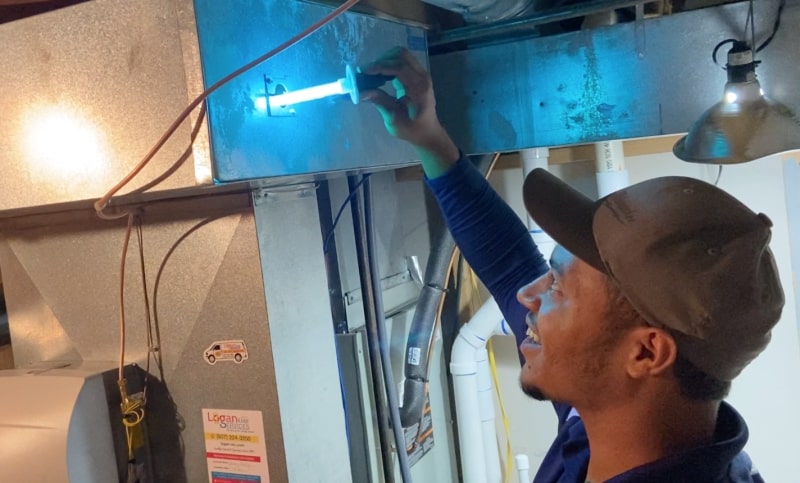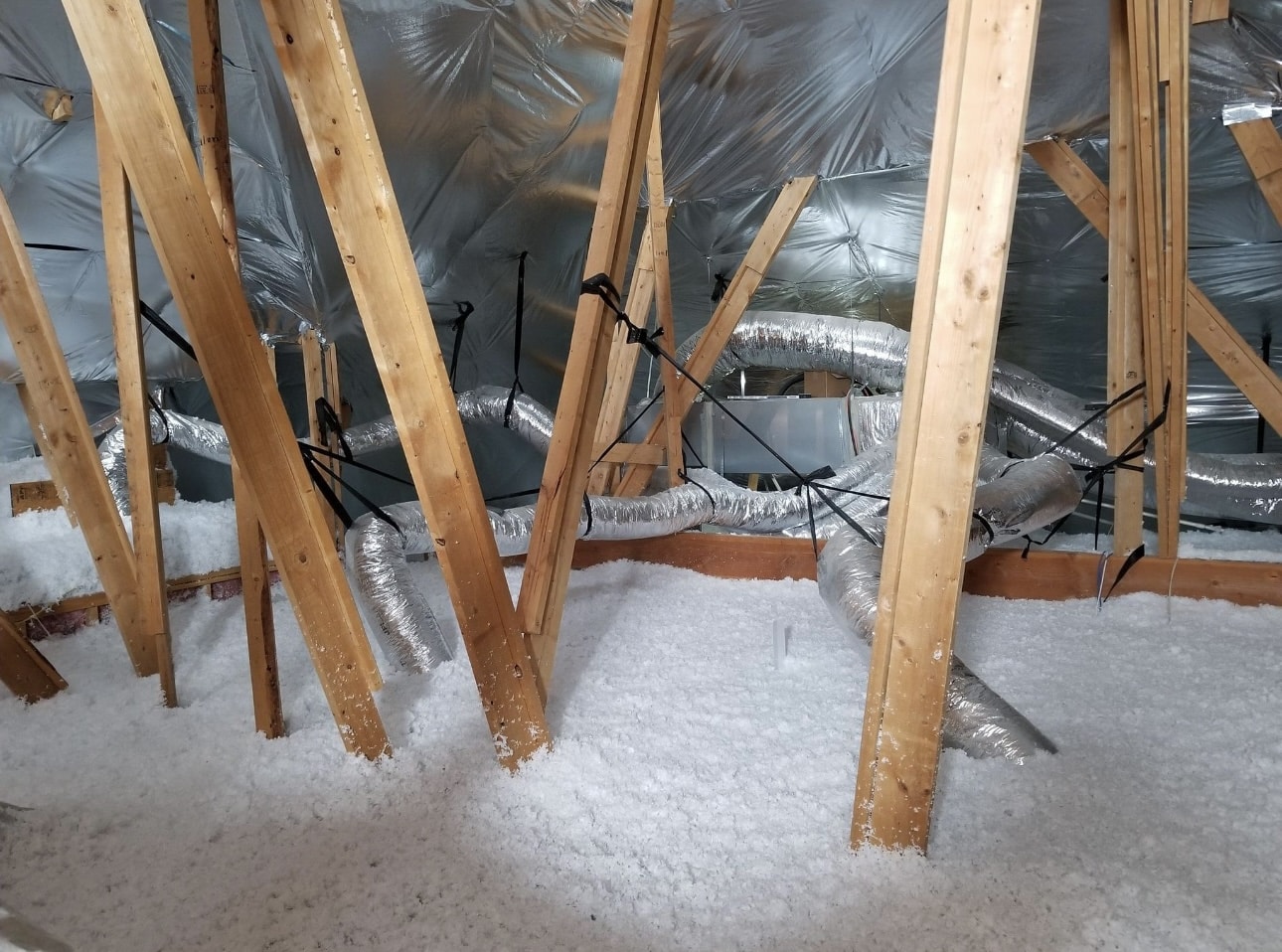Rumored Buzz on Green Attics
Rumored Buzz on Green Attics
Blog Article
The Facts About Green Attics Uncovered
Table of Contents4 Easy Facts About Green Attics DescribedThe Best Guide To Green AtticsSome Known Facts About Green Attics.What Does Green Attics Mean?The Buzz on Green AtticsThe 10-Minute Rule for Green Attics
Posted by Solution Champions Cooling BlogWhen you switch on your heating, you desire it to remain inside your home - HVAC maintenance. Powering up the heating creates the warm to climb straight up into your attic room. It's then as much as your attic room insulation to do its job and block the warmth from escapingIt's apparent that you require to spend your time and money right into protecting your home, but what attic room insulators are out there for you to choose from? Which attic room insulation is finest? And what are the potential threats of each of them? This short article will detail the 4 kinds of attic room insulation you can select from, plus study the pros and cons of each.

Some Ideas on Green Attics You Need To Know
Why is fiberglass batt insulation so popular? It's numerous benefits include: As a whole, fiberglass is substantially environment-friendly.
Fiberglass batt insulation rarely reduces or falls down. This is because of the air pockets that happen in production. Installment is simple. It's so uncomplicated that numerous house owners choose Do it yourself installment. If you follow this course, you 'd be evading an installment fee. Fiberglass batt insulation is also soundproof, helping in reducing outside sounds and keep interior sound inside the residential or commercial property.

Green Attics for Dummies
If wetness is taken in by the fiberglass batt insulation, it can reproduce dangerous mold. Rats and other unwanted guests like fiberglass batt insulation, and typically make it their home. Because of this, rodent infestations are a real opportunity. If you like the concept of fiberglass yet aren't crazy about using batts, then blown-in fiberglass might be the method forward for you.
When using the blown-in technique, it fills the attic better, ensuring it's air-tight. This minimizes the amount of warm air getting away and cool air entering. It takes an issue of hours to obtain your attic room insulation up and running.
After the insulation has actually worked out, it's confirmed that the R-Value decreases. It requires extra maintenance than other sorts of attic insulation on our checklist. Needs to the insulation obtain damp, removing the insulation isn't as very easy as eliminating fiberglass batts. You'll require to pick it all up, while wearing handwear covers, and remove it gradually.
This attic insulation is additionally blown-in making use of a blowing equipment, nevertheless the product utilized is different. The product used right here is cellulose. This is made from all different recycled product, consisting of things constructed of timber, papers, and cardboard. Boric acid and other materials are used to flame-proof the attic insulation.
The Of Green Attics
(https://folkd.invisionzone.com/profile/434100-greenatt1cs/?tab=field_core_pfield_1)
Is blown-in cellulose insulation worth it? Here's what it can provide your household: Generally, blown-in cellulose is better for the world. With cellulose being made from purely recycled product, there's no requirement to produce brand-new product. Reusing this is green. The boric acid and various other compounds aid to fire evidence the insulation and slow the spread of fires.
Blown-in cellulose insulation has an R-Value that is 23 percent higher than fiberglass batts. What are the cons of setting up blown-in cellulose insulation in your attic room?
Cellulose likewise doesn't mix well with fluid. Should it come to be moist, mold can expand quickly and spiral out of control. Remedying this situation can be labor and time extensive, as you'll require to grab the insulation little official statement by little, as opposed to in one roll. The last kind of attic insulation is spray foam insulation.
Excitement About Green Attics
Unlike all the various other sorts of attic room insulation, spray foam insulation is the only type to find as a fluid. After being sprayed, it thickens and grows, and then sets as a durable foam. This foam slides neatly right into any type of gaps, locking closed, and cuts off any type of retreat routes for your home heating.
Ultimately, what are the drawbacks of spray foam insulation?: The ahead of time settlement for spray foam insulation is higher than the various other kinds of attic room insulation on our list. It's worth taking into consideration that, due to high degrees of energy performance, it'll likely balance out or also end up being cheaper in the long-run to maintain your home warm.

Indicators on Green Attics You Need To Know
Great care requires to be taken around the foam, and you'll need to put on safety glasses, a mask, and a respirator. With 4 types of attic room insulation and their pros and disadvantages, you're currently able to make an educated decision, recognizing the advantages and downsides to each. That's why I can claim with self-confidence that the ideal method to shield my attic room is with low-cost cellulose or fiberglass insulation applied over an impermeable attic room flooring.
Report this page